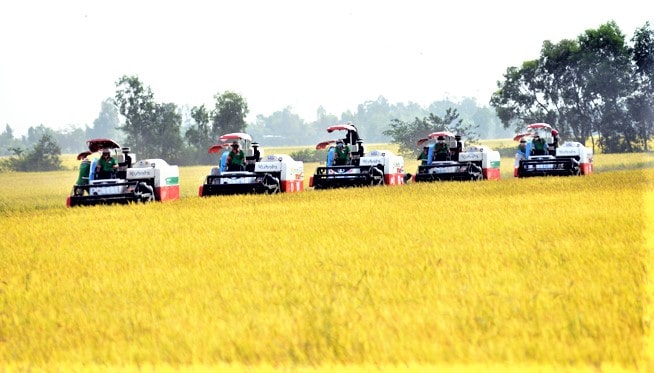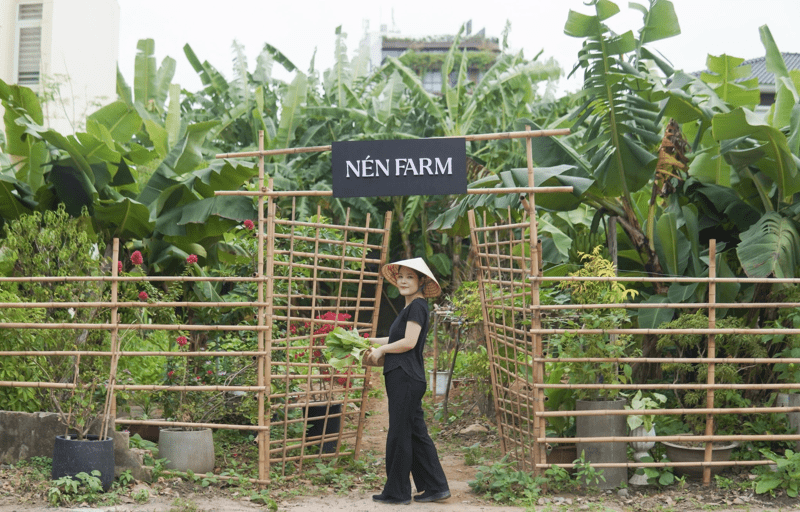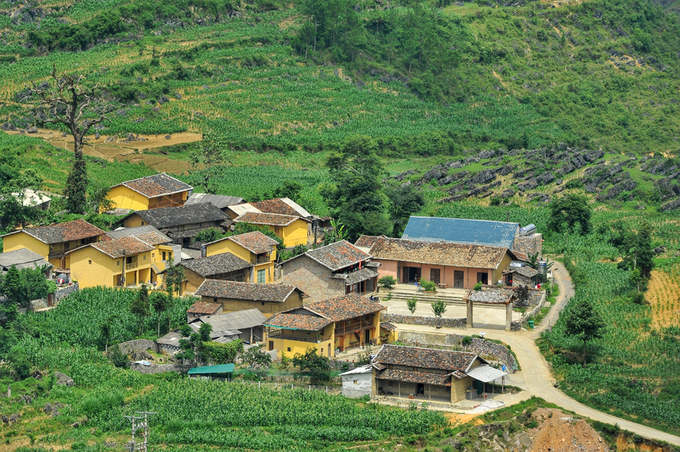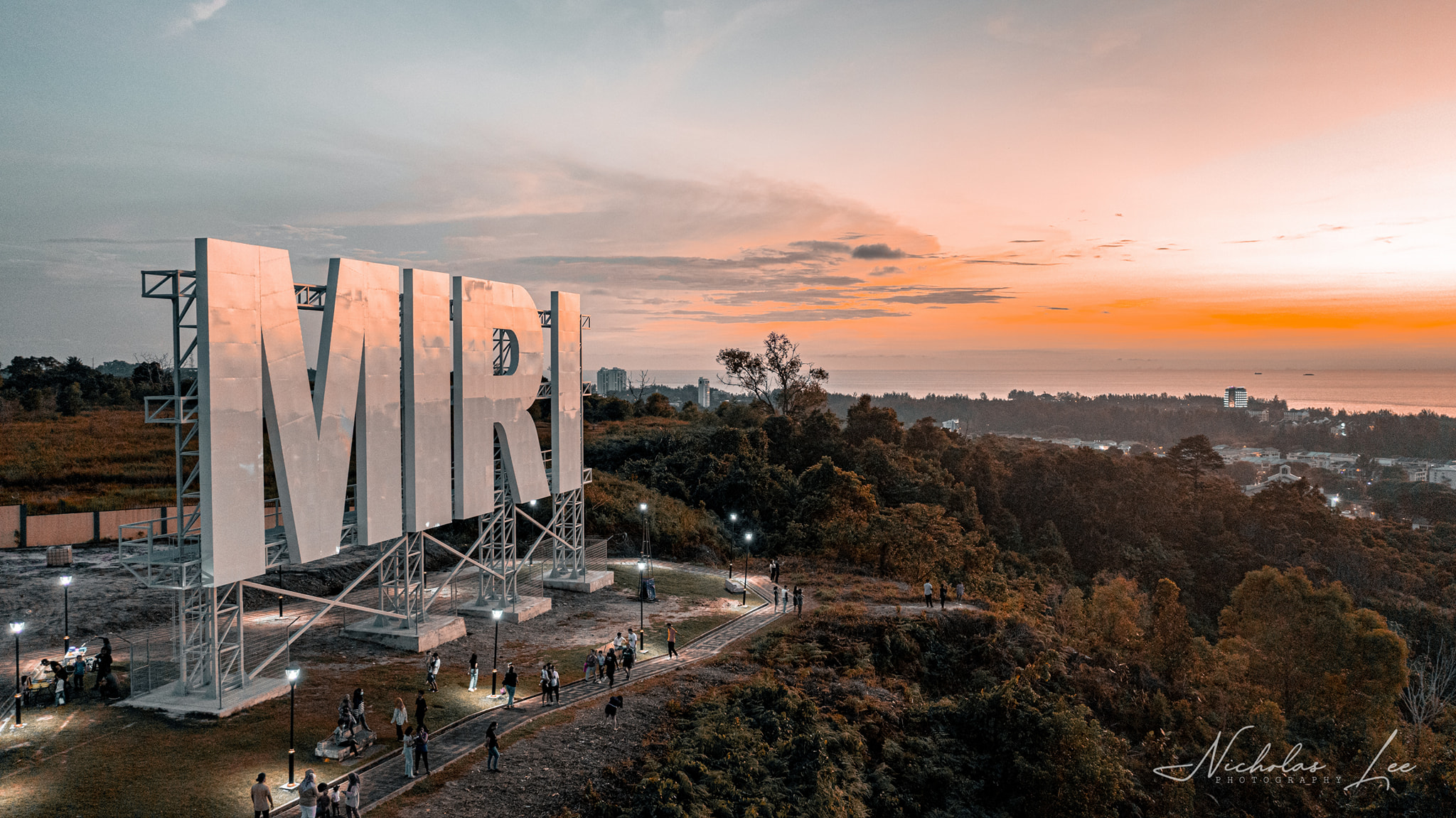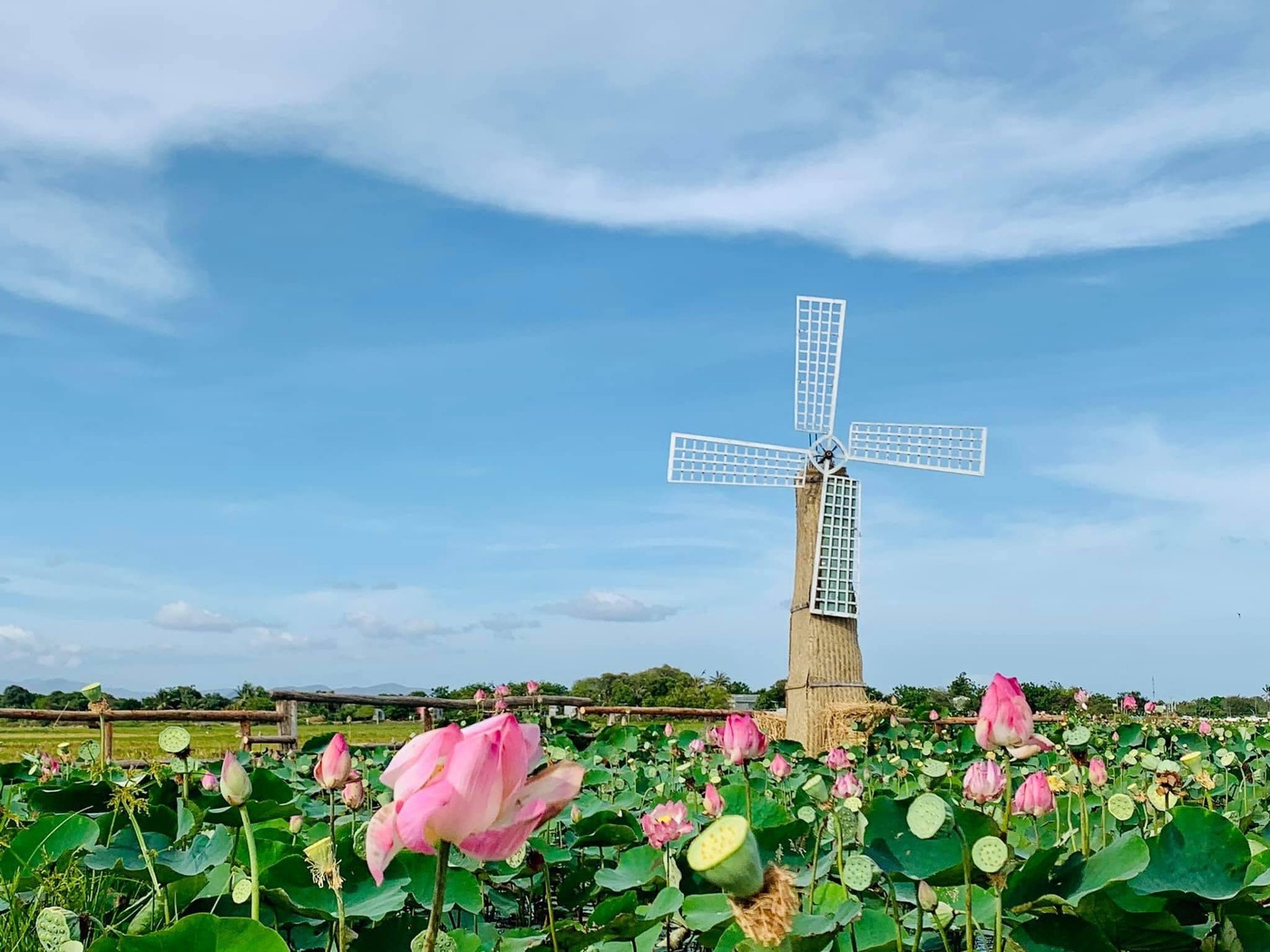This post is also available in:
Tiếng Việt (Vietnamese)
This article presents a comprehensive analysis of the current global food system crisis—spanning food gaps, climate challenges, and land degradation—wherein the hospitality and tourism industry plays a pivotal role in driving systemic change. With a central focus on regenerative agriculture and cross-sector collaboration, the paper outlines practical strategies, global case studies, and the potential to expand the concept of wellness to encompass ecosystem regeneration. The ultimate aim is to provide both a scientific and practical perspective to guide sustainable transformation in the “smoke-free” industries.
The global food system is undergoing profound disruption. The confluence of rapid population growth, climate change, and soil degradation has exposed critical vulnerabilities in conventional food supply chains. In this context, the hospitality and tourism industry—being a major consumer of agricultural outputs—emerges as a potential catalyst for positive transformation. With its capacity to influence both supply and demand, this sector is uniquely positioned to realize a shift toward more sustainable food systems.
Three Structural Gaps in the Global Food System
- Food Gap: Theoretically, the world can produce sufficient food for 10 billion people by 2050. However, achieving this requires recalibrating dietary patterns, reducing industrial meat consumption, and minimizing food loss and waste—which currently account for up to 10% of global greenhouse gas (GHG) emissions.
- Climate Gap: The global food sector is responsible for approximately 27% of total GHG emissions. Unsustainable farming practices and land mismanagement release large volumes of CO₂ and compromise soil quality—an essential factor for long-term resilience.
- Land Gap: With no additional arable land available, agriculture must innovate through technological advancement, increased yields on existing land, and transitions to sustainable models such as regenerative agriculture.
Regenerative Agriculture: The Foundation of Sustainable Food Systems
The Role of Soil: Soil is not merely an agricultural medium—it functions as a living carbon sink. As plants absorb CO₂, soil microorganisms transform this carbon into nutrients, leading to more nutritious food and carbon sequestration.
The Limitations of Industrial Agriculture: Traditional large-scale farming methods, characterized by excessive tilling and the elimination of soil biodiversity, diminish soil fertility and carbon retention capacity. This results in nutrient-poor crops and a dependence on chemical fertilizers—exacerbating environmental harm.
Principles of Regenerative Agriculture: This approach seeks to revitalize soil health through techniques such as no-till farming, cover cropping, integrated grazing, polyculture, and biodynamic or permaculture systems. The benefits include healthier ecosystems, reduced emissions, and more nutrient-dense food.
The Potential of the Hospitality and Tourism Sector
The hospitality sector holds substantial leverage over food systems—from restaurant menus to textile materials and natural cosmetics. Tourism businesses can shape consumer trends, promote local products, and inspire behavioral change through marketing and immersive experiences.
The engagement of major brands such as Nestlé, Danone, Moët Hennessy, and Sony in regenerative agriculture signals both the urgency and scalability of such models.
Multi-Dimensional Benefits of Agriculture–Tourism Collaboration
This synergy yields tangible advantages:
- For businesses: Access to high-quality local supplies, shorter supply chains, lower transportation costs, and distinctive value for guests.
- For farmers: Entry into stable markets, improved income, and reduced exposure to volatile commodity pricing.
- For tourists: Opportunities to enjoy fresh, local food, engage with authentic cultural practices, and contribute to sustainability efforts.
- For the environment: Regenerative practices retain carbon, conserve biodiversity, and reduce chemical inputs.
Redefining Wellness: From Personal to Planetary Health
In the emerging paradigm, wellness extends beyond individual health to include ecological and community well-being. When tourists participate in activities such as local tree planting or using eco-friendly products, they foster both environmental restoration and cultural connection—expanding wellness into the realm of planetary care. Regenerative tourism becomes a convergence of leisure, education, environmental action, and social renewal.
Implementation Practices and Model Initiatives
- Cyprus: Promotion of local breakfast offerings at five-star hotels to support indigenous food systems.
- Saint Lucia: Integration of invasive lionfish into restaurant menus to protect marine biodiversity.
- Mauritius: Hotel sector initiatives to reduce food waste via sorting, farmer collaboration, and composting.
- Hawaii: Tourist engagement in tending Kalo gardens and cooking with native ingredients.
- South Africa: Spier Vineyards’ organic farming, community education, and carbon credit sales.
- Belgium: Botanical Gastronomy restaurants working closely with regenerative farmers, adopting “micro-seasonal” menus, reducing waste, and conserving water.
Transforming food systems within the hospitality and tourism sector is not merely a responsibility but a unique opportunity for innovation, differentiation, and sustainable growth. Regenerative agriculture serves as a vital nexus—connecting environmental conservation, local economic development, and enhanced visitor experiences. If strategically implemented, it could address three of the most pressing challenges of our time: food security, climate change, and land degradation.

